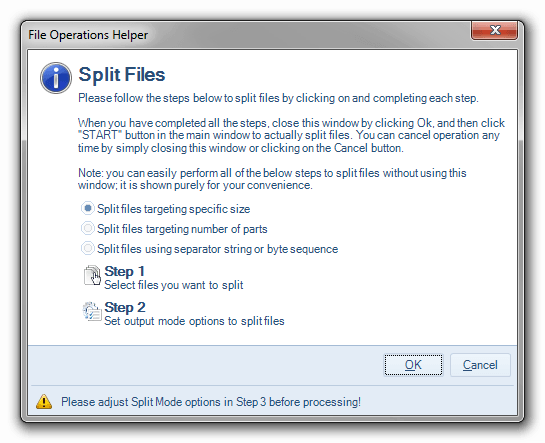


Obviously it's better to rename the files correctly in the first place. The files are processed in reverse order, so even if you renamed folders, and files within the folders, the full operation should be reversed successfully. This function will "undo" your last rename activity (including any timestamp and Attribute changes you made. If you have just performed a rename activity, and then said "oops." then this is the option you need. Note: The tree will always be visible at program startup, even if it was hidden when you closed the program. The "tree" can be removed to give you more space. This is useful if you have located your folder and you are now doing lots of work in the one folder. This will collapse or expand the folder "tree". Note that you can refresh the contents of the selected branch by collapsing and re-expanding the branch. This will refresh the contents of the left-hand tree window. This will refresh the contents of the right-hand file-list window The path must exist (it will be validated) and it must map to a drive letter - UNC paths are not supported.

This option will display a pop-up window, allowing you to the type a full pathname to navigate to. If you have a list of filenames on the clipboard (such as the output from DIR /B) then the software will try to select files which match the names from the clipboard. Handy for two-pass renames, where you want to rename a whole batch of files in one go, then rename "everything else" in another go. This will de-select all the files and folders in the file-list window.Īny entry which is currently selected will be de-selected, and vice-versa. This will quickly select all the files and folders in the file-list window. The actions menu provides you with a variety of shortcuts to speed up common tasks, and these are described below.


 0 kommentar(er)
0 kommentar(er)
